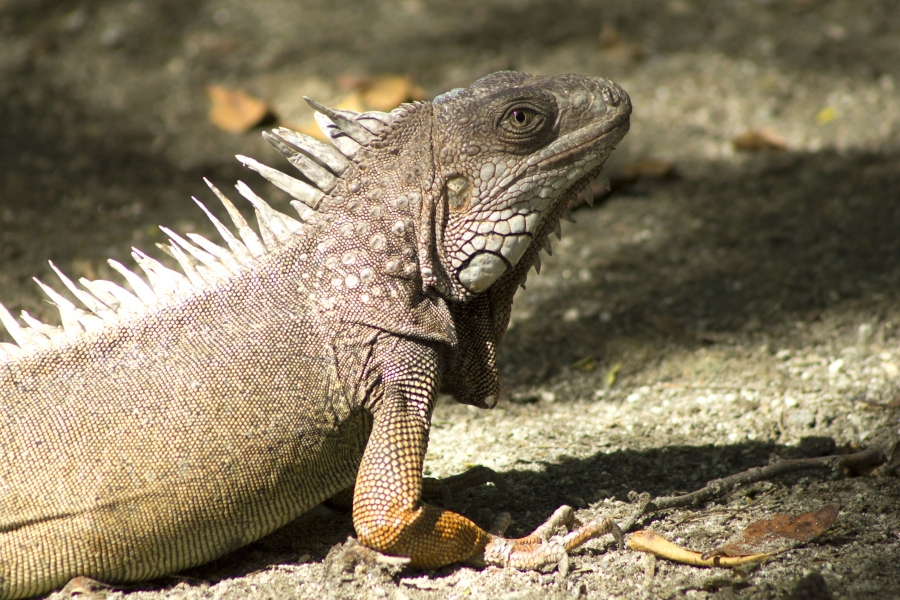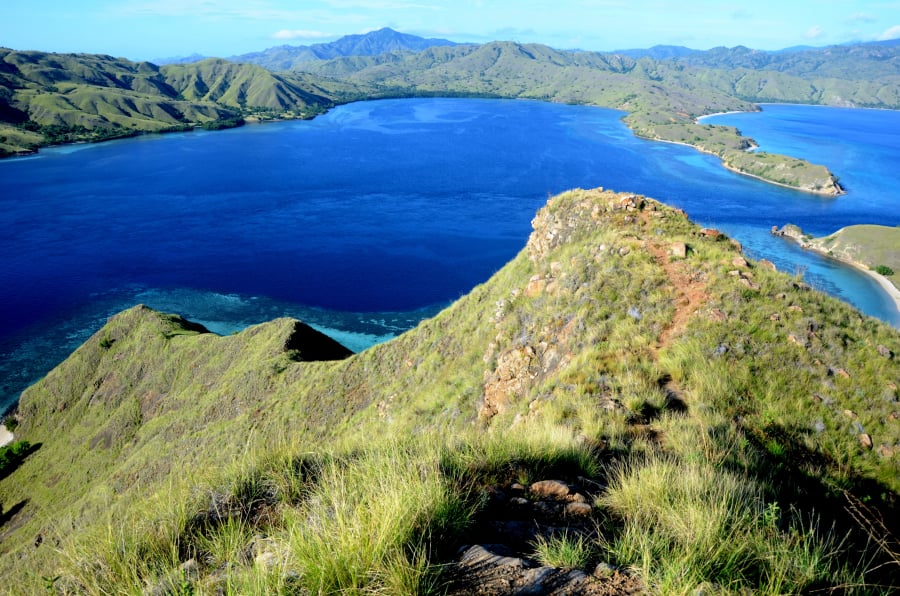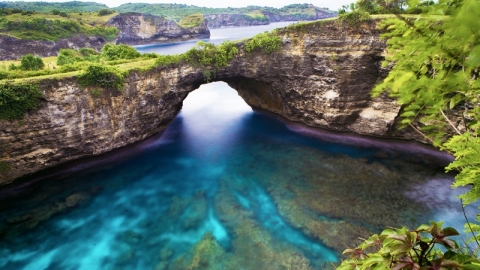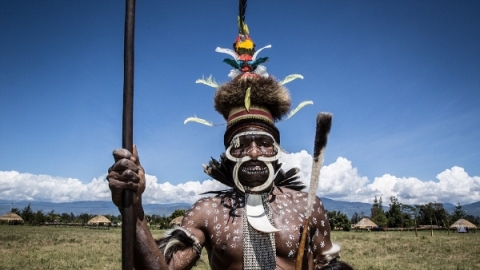In July, East Nusa Tenggara Governor Viktor B. Laiskodat announced that the island needed to be closed to prevent tourism from interfering with the dragons’ mating and hatching processes, as well as to reduce the risk of poaching of the reptiles’ prey, which include deer, buffalo, and wild boar. Under the plan, the island will reopen to visitors in about a year.

Plans to close the island home to the rare animal caused controversy when it was announced by Indonesia in July.
However, Environment and Forestry Minister Siti Nurbaya Bakar recently said data showed the population of Komodo dragons, the largest living natural lizard species, had been stable for more than a decade.
Indonesia's Ministry of Environment and Forestry also said provincial and central governments will work together to renovate tourist attractions, improve ranger training and provide better equipment for patrols, as well as establish a Komodo dragon research center.

Over-tourism can affect dragon mating and hatching.
More than 176,000 tourists visited Komodo National Park in 2018, many of whom came just to see the dragons, which are found in the wild only in eastern Indonesia.

Eastern Indonesia always attracts tourists by its wild and rich nature.
According to government data, 1,727 Komodo dragons live on the island of the same name. Rinca, another island in the National Park, is home to another 1,049 dragons.


































